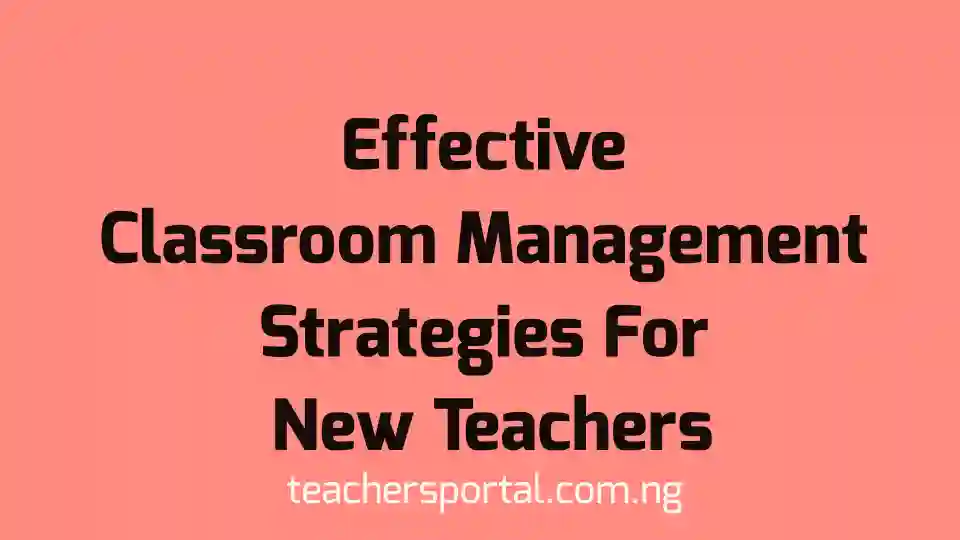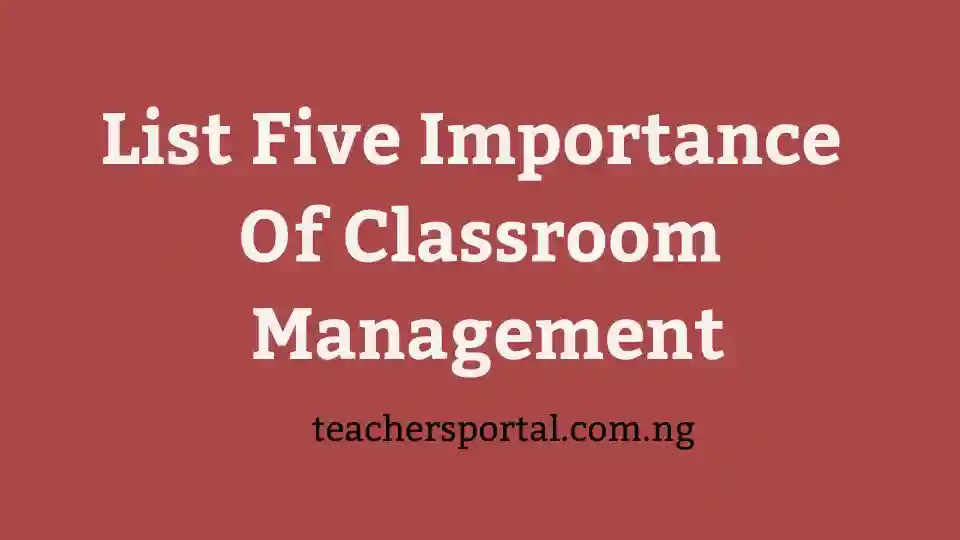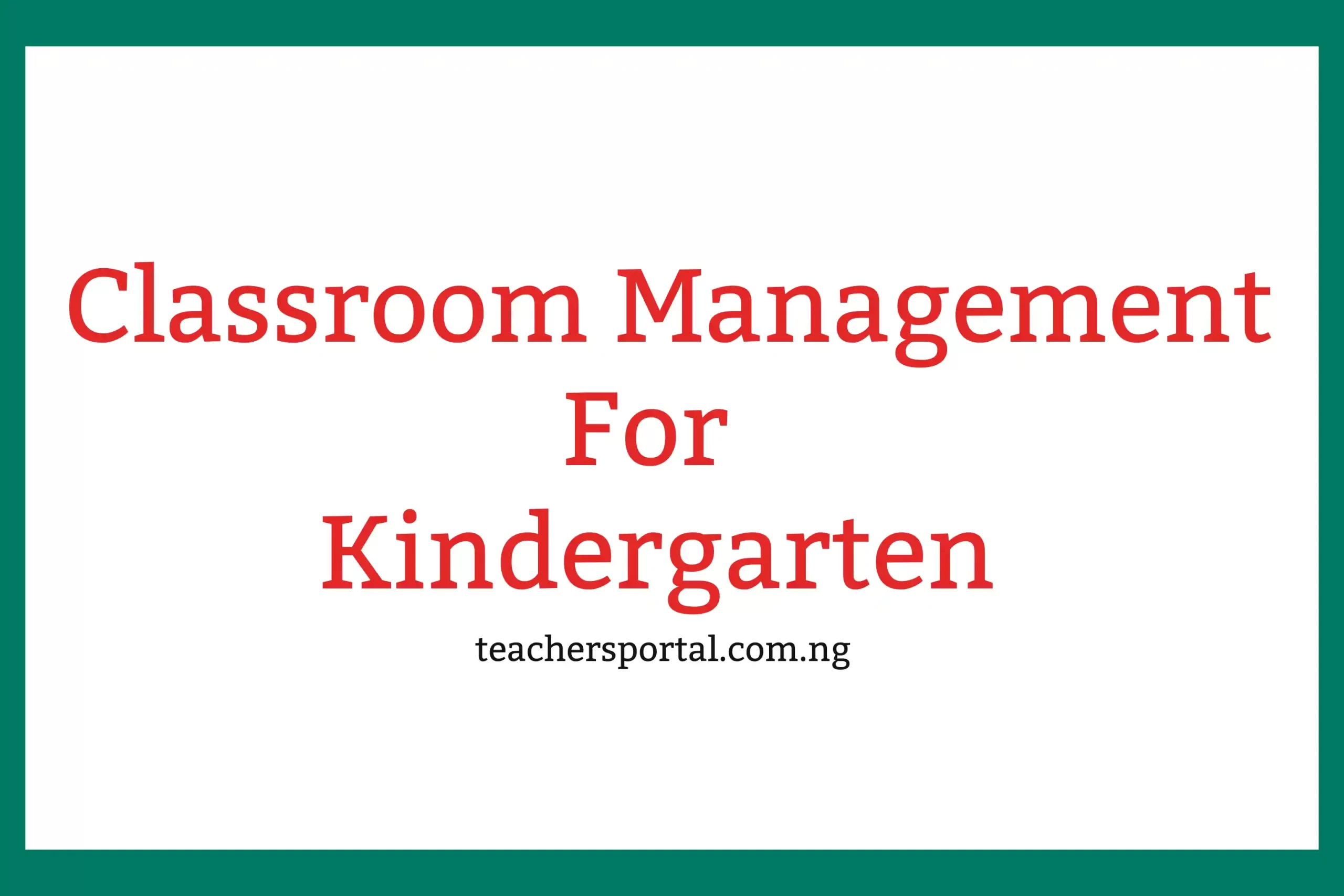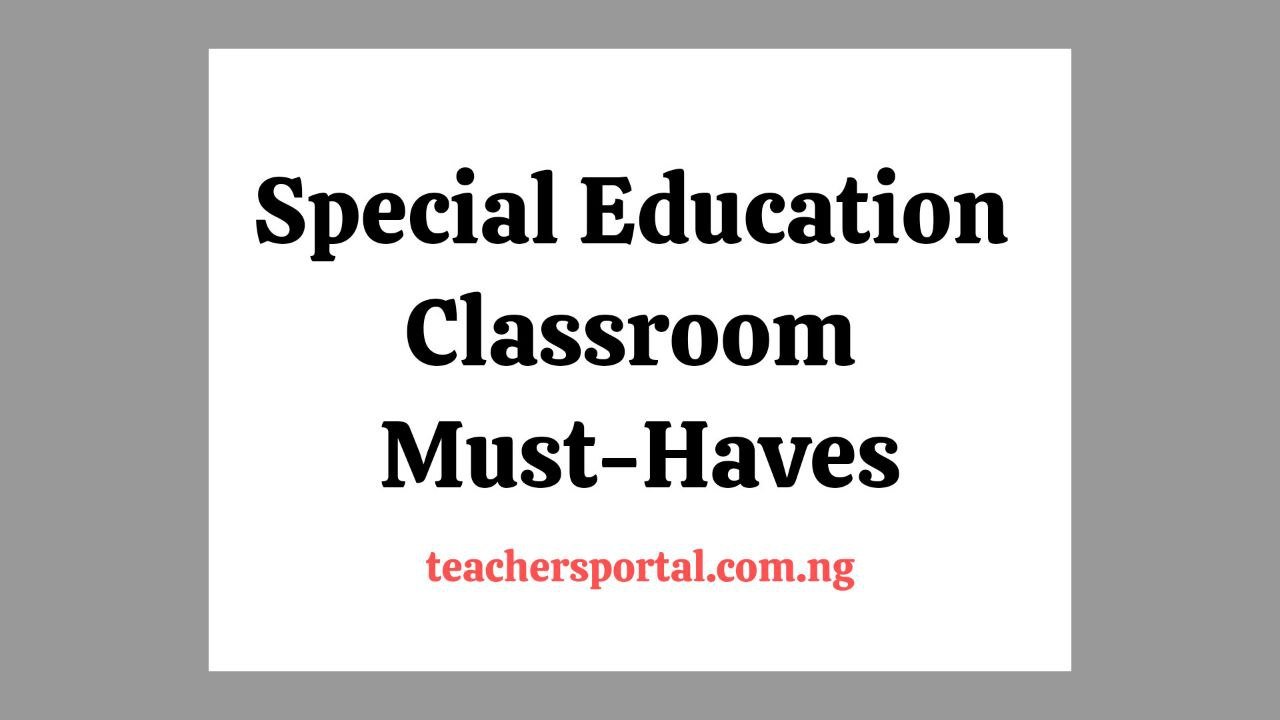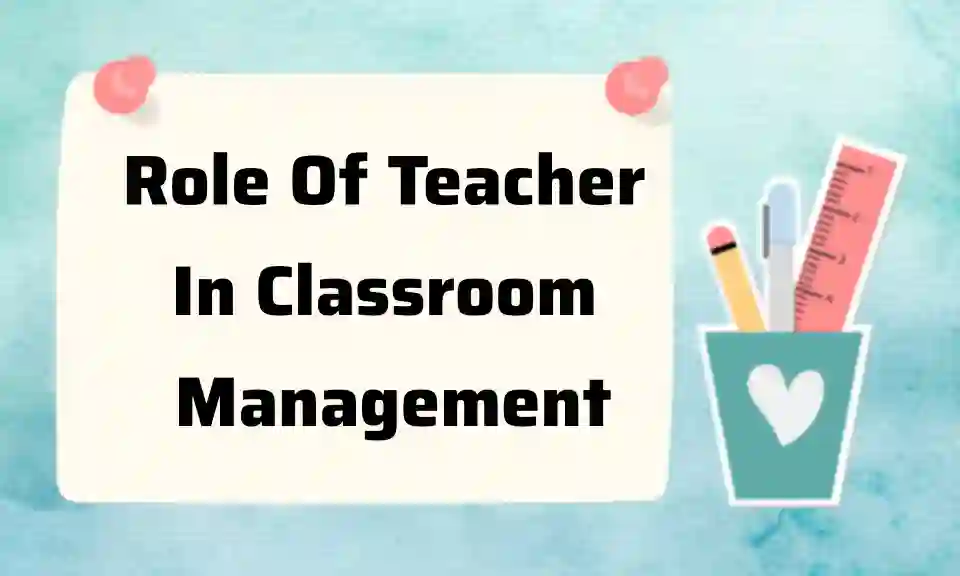Effective classroom management is essential for any teacher, but it can be especially daunting for new teachers. Here are some effective classroom management strategies that new teachers can use:
Set clear rules and routines
Students need to know what is expected of them in the classroom. This means having clear rules and routines in place, and being consistent with enforcing them. Rules should be age-appropriate and posted in a visible location. Routines should be simple and easy to follow.
Be proactive
Don’t wait for problems to happen before you address them. Be proactive by monitoring student behavior and intervening early when problems arise. This will help prevent minor problems from escalating into major disruptions.
Be fair and consistent
Students need to know that they will be treated fairly and consistently. This means applying the same rules and consequences to all students, regardless of their individual circumstances. It also means being consistent with your expectations and following through on consequences.
Use positive reinforcement
When students behave appropriately, be sure to praise them. This will help to reinforce the desired behavior and make students more likely to behave in a positive way in the future.
Model ideal behavior.
Modeling ideal behavior is an effective classroom management strategy for new teachers. This strategy involves demonstrating the behaviors and actions that you want your students to emulate. Numerous studies have shown that modeling is an effective way to teach students how to behave in different situations.
To implement this strategy, you can engage in a mock conversation with an administrator, another teacher, or a student helper in front of the class. Choose a relatable topic, such as discussing a test, and make sure to exhibit the following behaviors:
Use polite language: Speak respectfully and use appropriate language during the conversation.
- Maintain eye contact: Demonstrate the importance of eye contact by consistently looking at the person you are speaking with.
- Keep phones in your pockets: Show the students that electronic devices should be put away during class discussions or conversations.
- Let one another speak uninterrupted: Encourage active listening by allowing each person in the conversation to speak without interruption.
- Raise concerns in a respectful manner: If there are differences of opinion, demonstrate how to express concerns or disagreements respectfully and constructively.
After the mock conversation, initiate a class discussion to reflect on and expand upon the ideal behaviors you demonstrated. Encourage students to share their observations and thoughts about the modeled behaviors. This discussion can help reinforce the behaviors you want to see in your classroom.
Allow students to help establish guidelines.
Allowing students to help establish guidelines is another effective classroom management strategy for new teachers. By involving students in the process of building classroom expectations and rules, you can generate more engagement and buy-in from them as opposed to simply dictating the rules to them.
This strategy is particularly important for new teachers who are building rapport and establishing their classroom environment. At the beginning of the school year or the start of a new semester, initiate a discussion with your students about what they believe should and should not be acceptable behavior in the classroom.
You can start by asking open-ended questions such as:
- What do you think is appropriate behavior in our classroom?
- When do you think it’s okay to use phones, and when is it not okay?
- What noise levels do you consider acceptable during lessons?
By giving students the opportunity to express their opinions and ideas, you are empowering them and showing that their voices matter. This process may initially seem like it could lead to challenges or contradictory rules, but you might be surprised by the insights and perspectives that emerge.
Through this discussion, you will be able to collectively establish mutually-understood and respected expectations for the classroom culture. Students will have a sense of ownership over the guidelines because they had a hand in creating them. This can lead to increased accountability and a stronger sense of community within the classroom.
Avoid punishing the class.
Avoiding the punishment of the entire class is an effective classroom management strategy for new teachers. Instead of punishing the entire class for the misbehavior of a few students, it is important to address discipline problems individually. This approach helps maintain positive relationships with students who are on-task and avoids jeopardizing other classroom management efforts.
When addressing a specific student’s misbehavior, it is essential to do so in a friendly manner. For example, you can use a calm and respectful tone and address the student by name. Here’s an example of how this approach could be implemented:
By directly addressing the student and calmly pointing out the behavior you want them to correct, you can maintain a friendly disposition while immediately acknowledging their inappropriate actions.
Punishing the entire class for the actions of a few students can create a negative atmosphere and may cause resentment among students who were behaving appropriately. It can also undermine your efforts to build positive relationships and trust with your students.
By addressing discipline problems individually, you demonstrate fairness and differentiate between those who are behaving appropriately and those who need redirection. This approach also allows you to address behavioral issues promptly without escalating the situation or disrupting the learning environment for the entire class.
It’s important to note that addressing individual discipline problems does not mean ignoring or neglecting the overall behavior and discipline of the class. There may still be times when it is necessary to address the class as a whole, such as when discussing general expectations or reinforcing positive behavior.
Possess a friendly aura
Having a friendly aura is a crucial aspect of effective classroom management for teachers. It involves cultivating a social and approachable demeanor that helps create a positive and welcoming classroom environment. Even on days when teachers may be experiencing personal challenges or bad moods, it is important for them to maintain an optimistic and positive presence in the classroom.
Being a social and approachable teacher means being open to building relationships with students, engaging in conversations, and showing genuine interest in their thoughts, ideas, and concerns. It involves actively listening to students, being empathetic, and demonstrating a willingness to connect with them on a personal level.
Maintaining a friendly aura is particularly important because it sets the tone for the classroom. When teachers exhibit a positive attitude, it helps create a safe and supportive environment where students feel comfortable expressing themselves and participating actively in their learning. It also fosters a sense of trust and respect between the teacher and students, which can enhance classroom dynamics and cooperation.
When teachers let their bad moods or negative emotions radiate into the rest of the class, it can have a detrimental effect on the overall classroom atmosphere. Students may become less engaged, less motivated, or even feel anxious or uncomfortable in such an environment. Therefore, it is crucial for teachers to make a conscious effort to manage their emotions and maintain a positive outlook, even during challenging times.
Engage with students on a one-to-one basis
Engaging with students on a one-to-one basis is an effective strategy for teachers to develop a deeper understanding of their students and provide personalized support. By taking the time to get to know each student personally, teachers can better identify their strengths and weaknesses, both academically and in other areas of their lives. This knowledge allows teachers to tailor their instruction and support to meet the individual needs of each student, helping them thrive and grow.
When teachers engage with students on a one-to-one basis, it involves creating opportunities for private conversations, either during class or outside of regular instructional time. These conversations can be informal, such as small talk during breaks or asking about their interests and hobbies, or more focused on their academic progress and goals.
By building a personal connection with students, teachers can gain insights into their unique learning styles, interests, and motivations. This information enables teachers to design instructional strategies and activities that cater to the individual needs and preferences of each student. It also helps teachers identify areas where students may require additional support or intervention.
Knowing the strengths of students allows teachers to provide opportunities for them to shine and excel. By leveraging these strengths, teachers can build confidence, foster a sense of achievement, and encourage students to take on challenges. On the other hand, understanding students’ weaknesses helps teachers identify areas where they may need additional guidance or resources. This enables teachers to provide targeted support and interventions to help students overcome their challenges and make progress.
Engaging with students on a one-to-one basis also creates a supportive and trusting relationship between the teacher and student. Students feel valued and understood when teachers show a genuine interest in their well-being and growth. This positive relationship enhances the learning environment, as students are more likely to seek help, ask questions, and actively participate in class when they feel a strong connection with their teacher.
